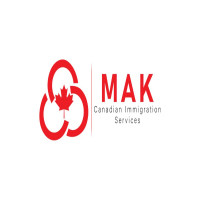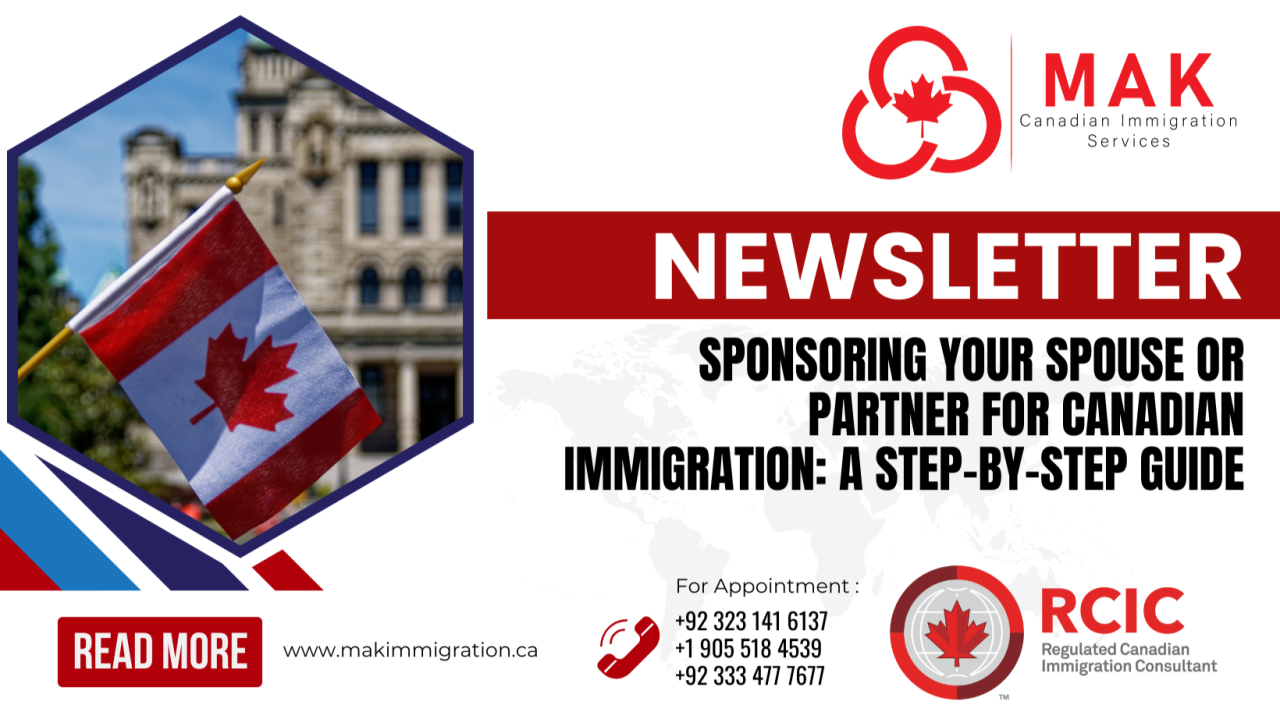Top 10 Mistakes to Avoid in Your Spousal Sponsorship Application

Strong 8k brings an ultra-HD IPTV experience to your living room and your pocket.
Spousal sponsorship is one of the most common and compassionate ways families reunite in Canada. Every year, thousands of Canadian citizens and permanent residents apply to bring their spouses or partners to live with them in Canada. However, despite good intentions, many applicants face delays, rejections, or even bans due to avoidable mistakes in their applications.
Whether you're sponsoring a spouse to Canada for the first time or have already started the process, understanding common pitfalls can save you time, money, and emotional stress. Here's a detailed look at the top 10 mistakes to avoid in your spousal sponsorship application, ensuring a smoother path to reunification under the Canadian family sponsorship program.
1. Incomplete or Incorrect Forms
This is one of the most frequent reasons applications get returned or rejected. The Canadian spouse sponsorship application requires several forms to be completed by both the sponsor and the applicant. Missing signatures, leaving sections blank, or misunderstanding questions can delay processing by months.
Tip: Always download the latest version of the forms from the IRCC website. Double-check each page and consider hiring an immigration consultant if you're unsure about any section.
2. Insufficient Relationship Evidence
The burden is on the couple to prove the relationship is genuine and not entered into for immigration purposes. Submitting weak or limited evidence can raise red flags with immigration officers.
What you should include:
• Photos from various life events
• Chat logs, call records, and emails
• Proof of shared expenses or travel
• Affidavits from friends and family
• Wedding invitations, event receipts
Avoid: Overloading the file with repetitive or irrelevant evidence. Focus on quality over quantity.
3. Not Meeting Sponsorship Eligibility
Before submitting an application, the sponsor must ensure they meet the eligibility criteria. Sponsors must be:
• A Canadian citizen or permanent resident
• At least 18 years old
• Living in Canada (or plan to return when the spouse arrives if applying from abroad)
• Not receiving social assistance (except for disability)
• Not convicted of certain crimes
Mistake to avoid: Not checking if you're under a previous sponsorship undertaking or if you're still financially responsible for a previous spouse or dependent.
4. Failing to Disclose Past Marriages or Relationships
Some applicants fear that disclosing past marriages may hurt their case, but not doing so can lead to a ban for misrepresentation.
Tip: Be honest and transparent. Provide divorce certificates, separation agreements, or death certificates when relevant. IRCC appreciates clarity and consistency over hidden history.
5. Applying Under the Wrong Category
There are two main streams under Canadian spouse sponsorship:
• Inland sponsorship (for those already in Canada)
• Outland sponsorship (for those living outside Canada)
Choosing the wrong category can impact processing times and legal status.
Key difference: Inland applicants may apply for an open work permit, but if they leave Canada, it may impact their application. Outland applications are processed through visa offices abroad and generally allow for appeals if refused.
6. Not Translating Documents Properly
If any document is not in English or French, it must be translated by a certified translator. IRCC requires both a certified translation and a copy of the original document.
Common errors:
• Submitting self-translated documents
• Missing affidavits from translators
• Providing only translated versions without the original
Solution: Always use a certified translator and follow IRCC guidelines to the letter.
7. Not Updating IRCC About Changes
Life doesn’t stand still while your application is processed. Whether you move, change your contact details, or go through a personal change like pregnancy or a job change, IRCC needs to know.
Mistake: Failing to update your application can result in missed communications, longer delays, or even refusal.
How to fix it: Use the IRCC web form to report changes. Keep a record of all communications.
8. Submitting Poor Quality Photos or Biometrics Late
There are strict photo specifications for immigration applications. Submitting incorrect photos can delay biometrics processing and background checks.
Tips:
• Use professional photographers familiar with immigration photo standards.
• Submit biometrics within the timeline provided after receiving the instruction letter.
• Keep track of expiry dates for police certificates and medical exams.
9. Ignoring Financial Responsibilities
Although you don’t need to meet a minimum income requirement to sponsor a spouse, you must still prove you can financially support them and that they won’t rely on social assistance.
Mistake: Not understanding the undertaking—the sponsor is financially responsible for the spouse for three years after they become a permanent resident.
Tip: Don’t commit to sponsorship lightly. Know your obligations and make sure you’re ready for them legally and financially.
10. Trying to “Do It Fast” Without Understanding the Process
Many applicants rush the process in an attempt to speed it up, only to cause delays or rejections. Submitting before all documentation is ready or not following the checklist strictly can derail your entire application.
Important: The spousal sponsorship process takes time, typically 12 months or more. Rushing doesn’t help and can hurt your chances.
Instead, take time to organize, review, and double-check everything before submitting. Consider working with an expert if the process feels overwhelming.
Final Thoughts
Sponsoring a spouse to Canada is one of the most meaningful steps you can take to build a life together in a safe, supportive country. However, immigration is a complex process, and even minor mistakes can lead to significant problems. The emotional toll of being separated is heavy enough—don't let preventable errors add to the burden.
By avoiding these common mistakes, you can improve your chances of a successful and timely application. The Canadian family sponsorship program exists to keep loved ones together, and with the right preparation, you can navigate it with confidence.
Bonus: Quick Checklist Before You Submit
✅ Have you signed all forms and used the correct versions?
✅ Have you included strong, varied relationship evidence?
✅ Have you checked sponsor eligibility?
✅ Are all documents translated and certified?
✅ Have you kept a copy of everything?
✅ Have you reviewed the IRCC document checklist?
Note: IndiBlogHub features both user-submitted and editorial content. We do not verify third-party contributions. Read our Disclaimer and Privacy Policyfor details.







